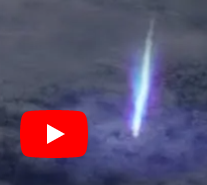
Animation of an artist's impression of lightning in clouds seen from space followed by a blue flash that lasts 10 micro seconds, a blue jet lasting 400 milliseconds and an elve generated by the blue flash that lasts for 30 microseconds. The International Space Station solar panels are shown in the foreground.
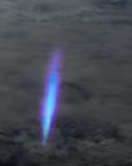
Dark clouds, the smell of rain on a hot sidewalk, the flashes of intense light followed by a loud crackling and then a low, rolling thunder – who doesn’t love a good summer thunderstorm? We’ve all seen one, heard one, or been completely soaked by one. But how much do we really know about this weather phenomenon? As a new Nature paper reports, however, the European Atmosphere-Space Interactions Monitor (ASIM) observatory on the International Space Station is helping scientists find answers.
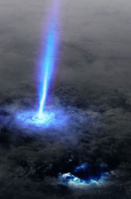
Science News article by Maria Temming: A ‘blue bang’ sparks an unusual type of lightning in the upper atmosphere. Scientists have finally gotten a clear view of the spark that sets off an exotic type of lightning called a blue jet.
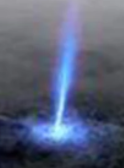
Press release from Terma: Thunderstorms monitored by the Danish-led ASIM mission delivers historical data for groundbreaking science discovery now revealed in the prestigious Nature magazine.
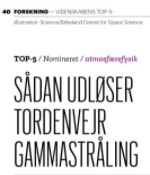
The Danish engineering monthly 'Ingeniøren' published its round-up of the year 2020, and nominated in the top five most important achievements of 2020 was ASIM and the ASIM team's explanation of how Terrestrial Gamma Flashes are formed above the world's most powerful thunderstorms. Understanding of the physics and chemistry of thunderstorms is an important part of our understanding of the Earth's atmosphere and climate.
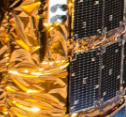
ESA's Space and Exploration series highlights ASIM's two years in space

NASA's Space To Ground series highlights ASIM onboard the ISS
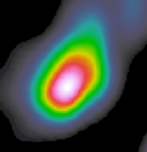
ESA's Science and Exploration series highlights Terrestrial Gamma Flashes as seen and imaged by ASIM

You have likely seen lightning flash from a storm cloud to strike the ground. Such bolts represent only a small part of the overall phenomenon of lightning, though. The most powerful activity occurs high above the surface, in Earth’s upper atmosphere.